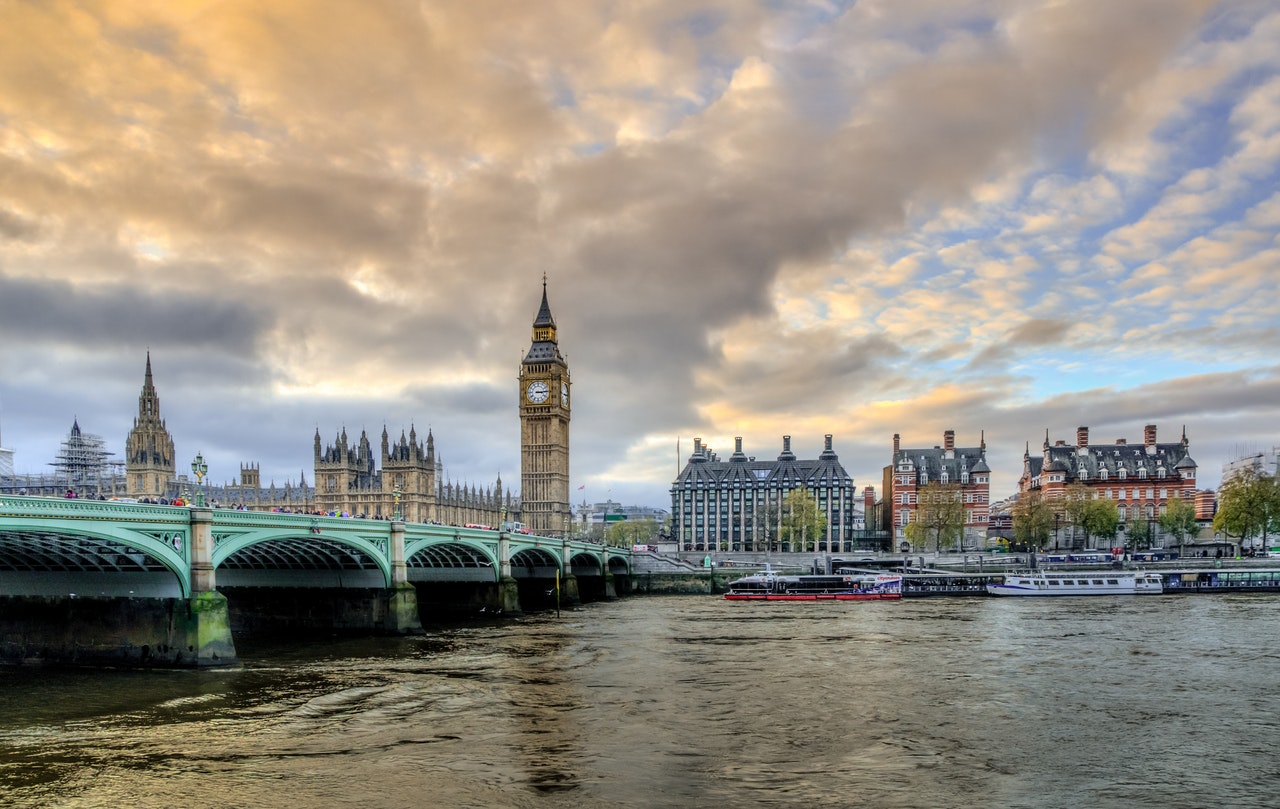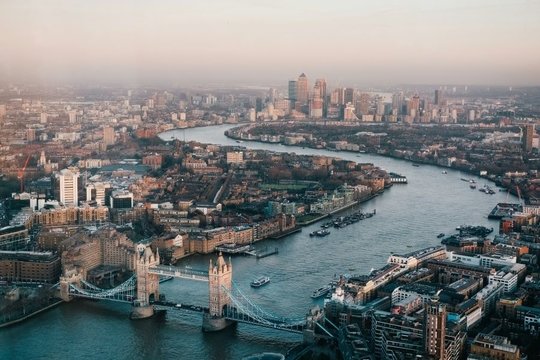As it stands at present, the Rotherhithe (or Brunel) Bridge looks set to be constructed in 2022, with a planning application due to be submitted next year. However, if you live in the area, you may be aware of some of the controversy surrounding the project, which may hold construction up in the future.
Here’s some insight into the latest developments.
A Popular Bridge
Plans for the Rotherhithe Bridge were originally announced back in 2014 as part of the National Infrastructure Plan. It was suggested that a bridge in this location would create easy access to Canary Wharf for thousands of residents across the river; and it would also join up the cycle paths, meaning more people could choose a greener way to get to work.
The proposal for a new bridge was well received by most people. Both Boris Johnson (then Mayor of London) and current Mayor Sadiq Kahn supported the idea, and in a recent public consultation, 93% of respondents were found to be in favour of it. However, the project has been beset by controversy, which may cause problems further down the line.
What’s the Problem?
It was proposed that a contest should be held to decide on the best bridge design – with various firms submitting their creative concepts. Borough-based architects reForm were regarded as front-runners with their bascule-style design (which pivots to the site to enable boats to pass).
TfL then announced that (based on a study carried out by Arcadis) they weren’t looking for a bascule design, but rather a lift or swing bridge. reForm and other parties expressed their disapproval of the decision and Arcadis were invited to bid on the project.
What’s Been Happening Since?
Various particles have expressed disapproval of the process, including the London Assembly Transport Committee’s deputy chairperson Caroline Pidgeon.
However, March’s public consultation suggested that local residents still want their bridge, and that it would offer the community several benefits, such as:
- Reduced congestion – Easing pressure on the Greenwich Foot Tunnel during peak hours.
- Offering an alternative route – Reducing pressure on the Jubilee Line.
- Better connectivity – Enabling more people to get around easily – for example, obtaining employment across the river and being able to walk to work each day.
Val Shawcross, the Deputy Mayor for Transport, commented that she was “delighted that thousands of people took part in the consultation, and have given us such overwhelming support.” She added: “With its growing population, a new river crossing is much needed in this part of east London, providing vital new connections for residents, businesses and commuters around Canary Wharf.”
No final decisions have yet been made regarding location or design as TfL still want to explore their options. It’s thought that a further consultation will be held later in the year, which will keep local residents informed of developments and allow them to comment on the proposed designs.




